Renovating Public Baths to Preserve Their History
The firm Schemata Architects has refurbished a 'sento' in Tokyo, adding a bar to attract young people and preserve traditional bath culture.
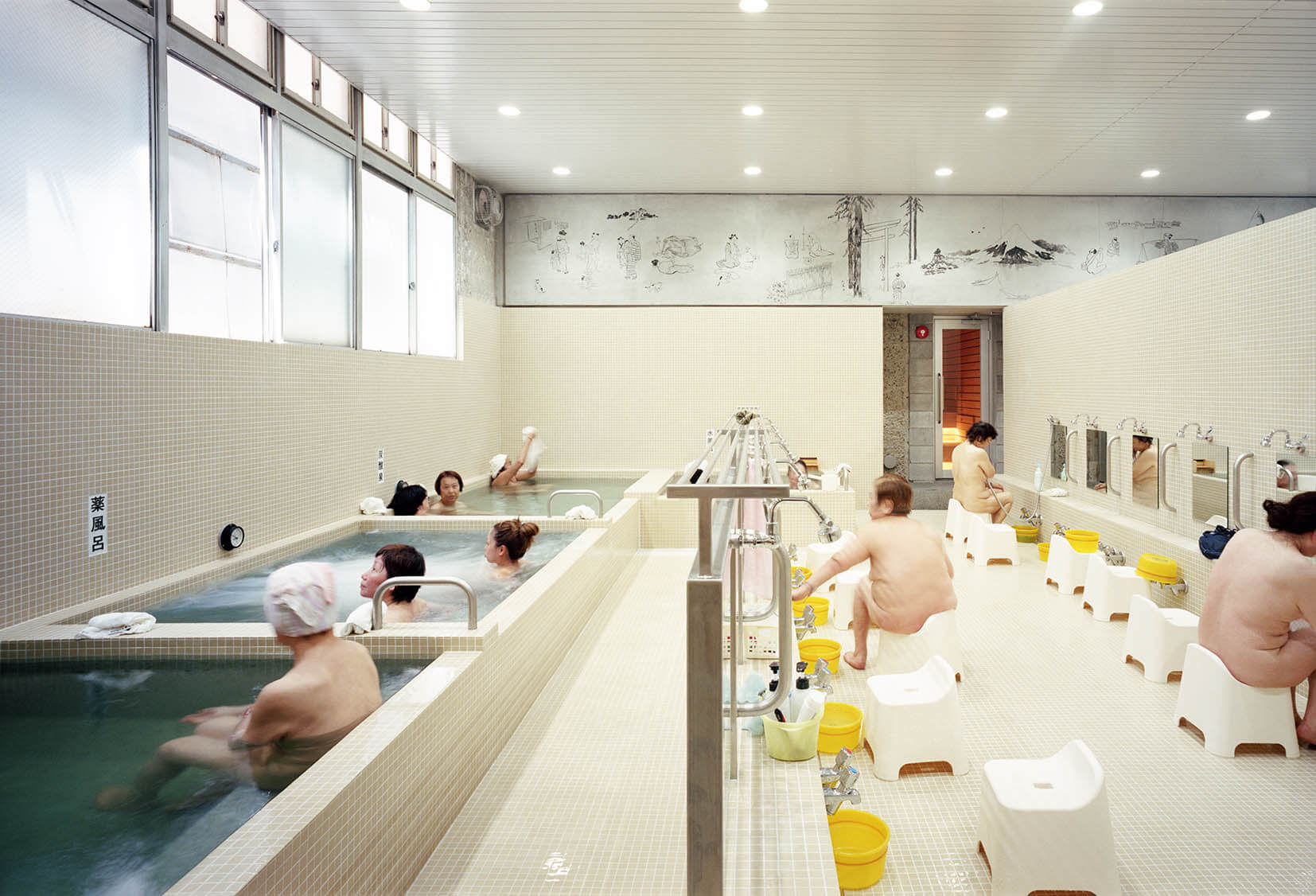
© Yurika Kono
As the number of sento, traditional Japanese public baths, decreases every year, the teams at the architectural firm Schemata Architects took on the task of renovating Koganeyu, an establishment in Tokyo. They added a new feature in the hope of encouraging the younger generations to reconnect with the ancient practice of bathing.
‘Now that 95% of homes in Japan have a private bathroom, many sento have been forced to close due to decreasing visitor numbers’, explains Kotaro Shimada, the architect in charge of the project. ‘We think that this is extremely important and want to preserve it for the next generation. Thus, we thought that a new-generation sento needed to have other functions to make people to want to go there often.’
The architects therefore transformed the former reception into a bar serving beer. Visible from the street thanks to its large glass windows, it throws people off the scent slightly with regard to the real function of the establishment, encouraging visitors to extend their drink with a hot bath, or vice versa.
Maintaining familiar elements for regulars at the baths
In the bathing area, the architects used the same beige porcelain tiles as those seen on the bar walls, creating a sense of unity. Inside the baths, the firm opted for Towada stone, a material which, once immersed, adds a blueish tinge to the water. The structure of the room itself has remained the same: there are two distinct areas, one for men and one for women, separated by a partition that doesn’t reach the ceiling, so that family members can talk to each other from either side of the wall.
Two artists were commissioned by the firm to take care of the decoration. Iichiro Tanaka designed noren, fabric dividers that separate the reception from the changing rooms, to which he affixed a sign marked ‘Oi!’, the greeting exchanged between men and women over the partition. Artist Yoriko Hoshi, meanwhile, created a mural depicting Mount Fuji that covers the two bathing areas. By deciding to feature Japan’s sacred mountain on its walls, one of the most traditional decorations found in sento in Japan, Schemata Architects’ renovation is anchored in respect for bathing traditions, in spite of the modern nature of its reorganisation of the space.
Koganeyu (2020), an establishment renovated by Schemata Architects, can be viewed on the firm’s website. The establishment also has its own website, in Japanese only.
Address: 4-14-6 Taihei, Sumida-ku, Tokyo
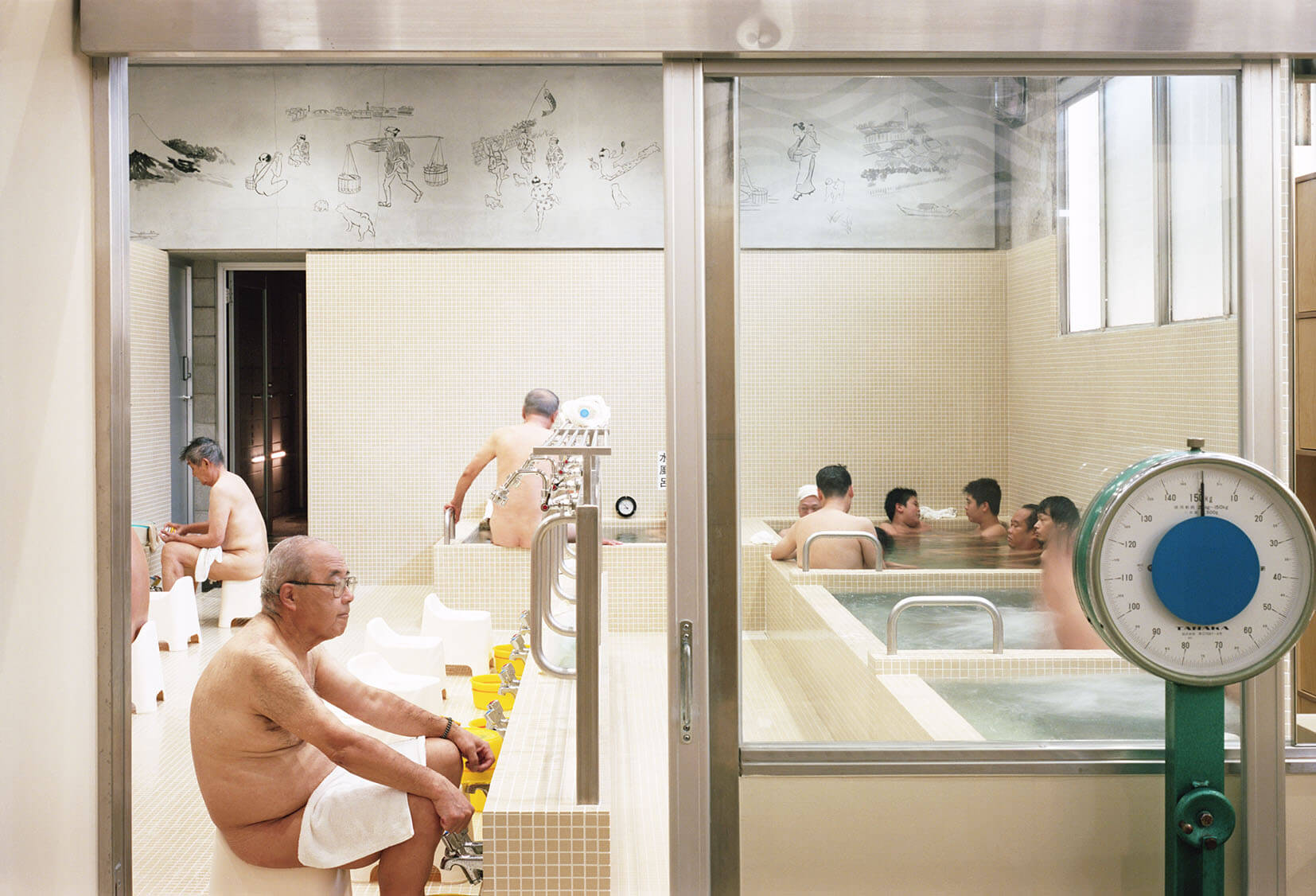
© Yurika Kono
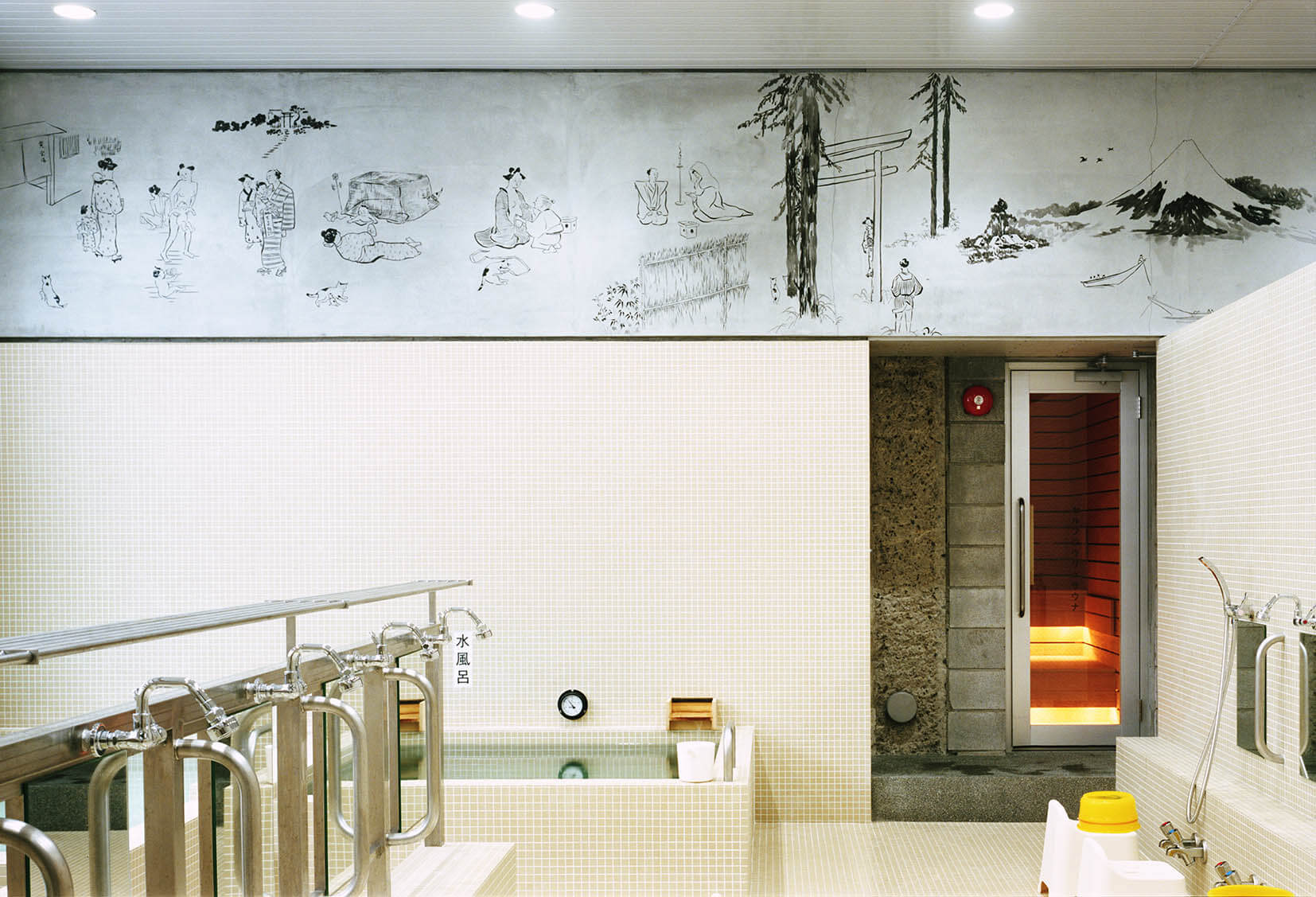
© Yurika Kono
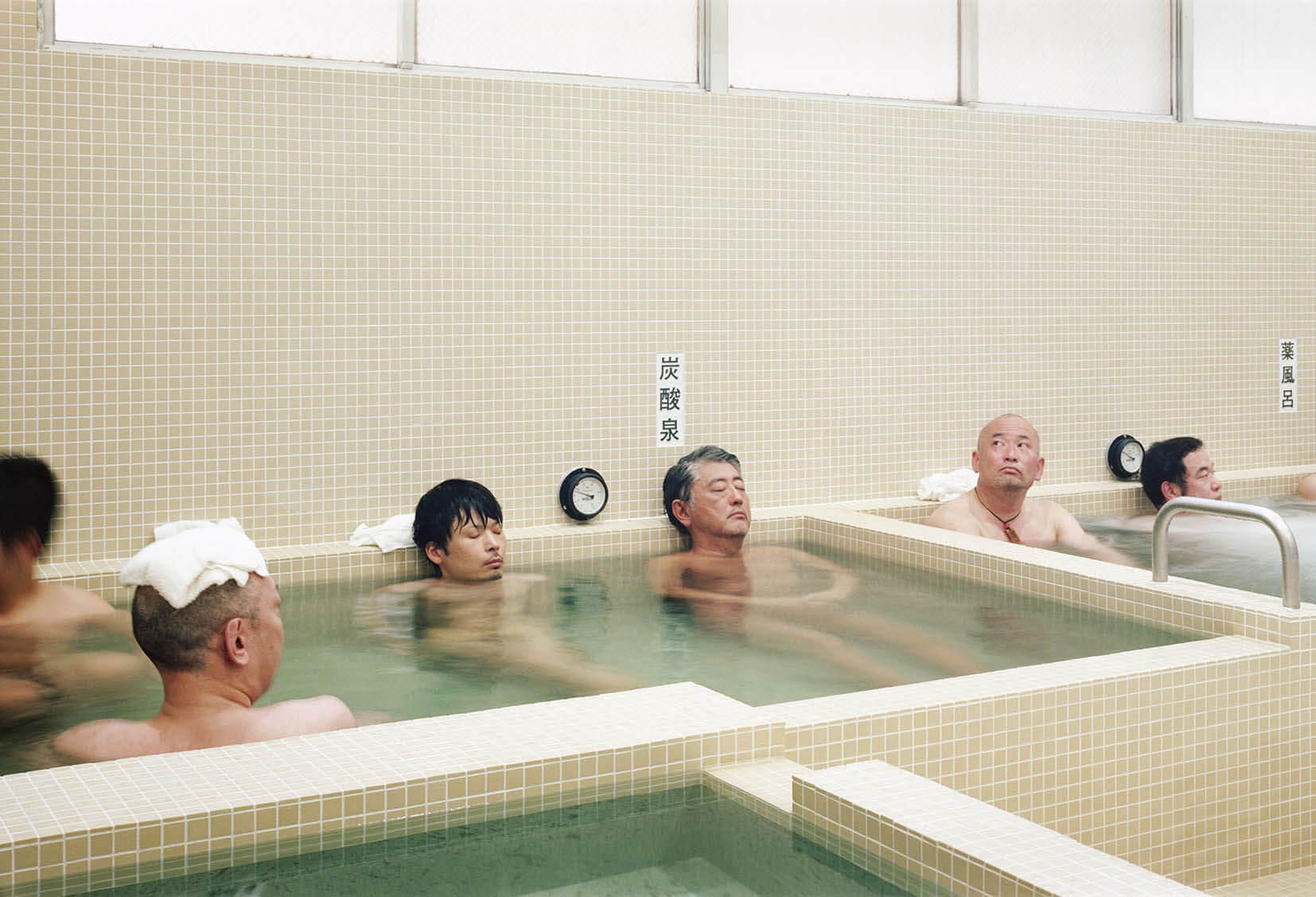
© Yurika Kono
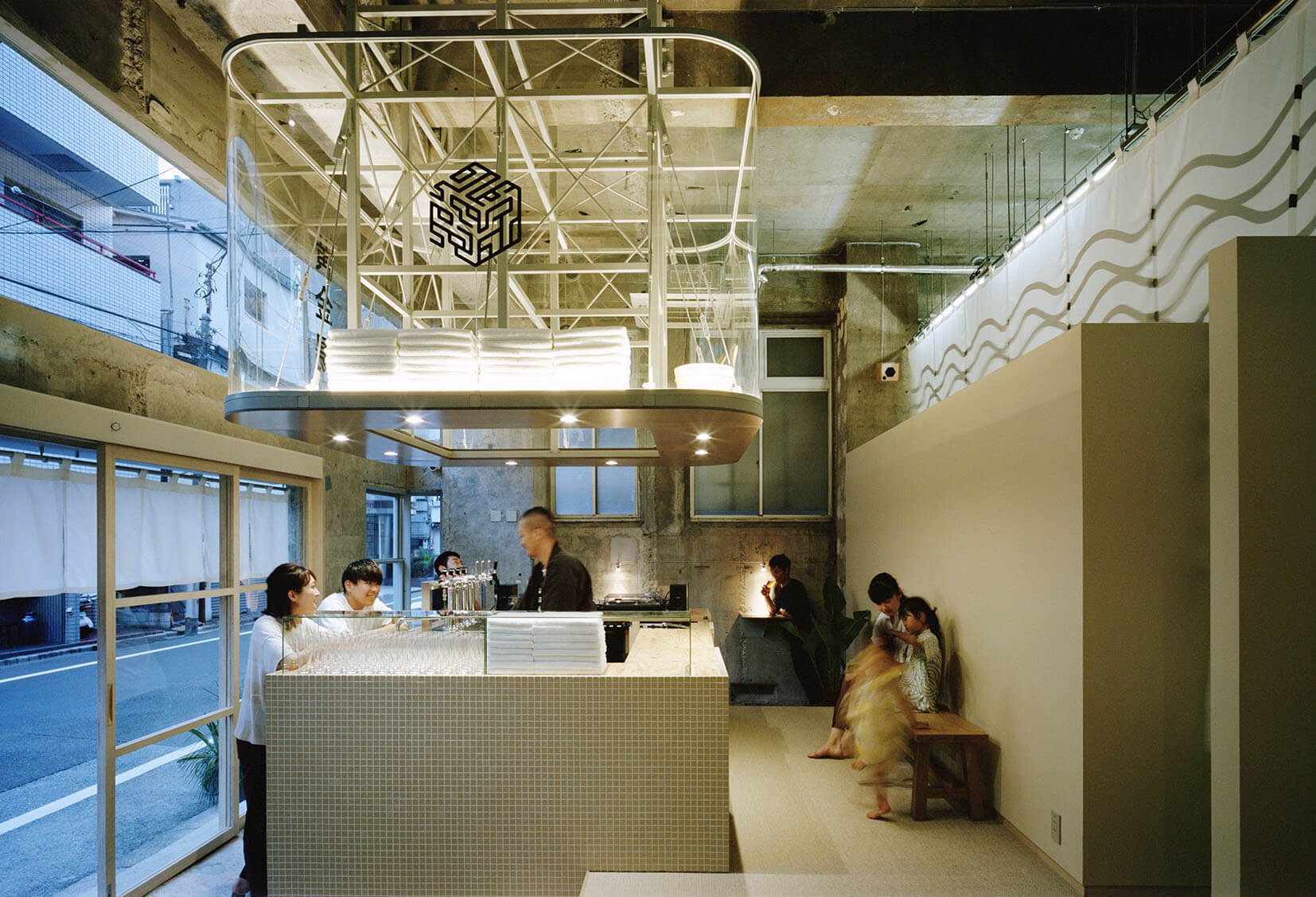
© Yurika Kono

© Yurika Kono
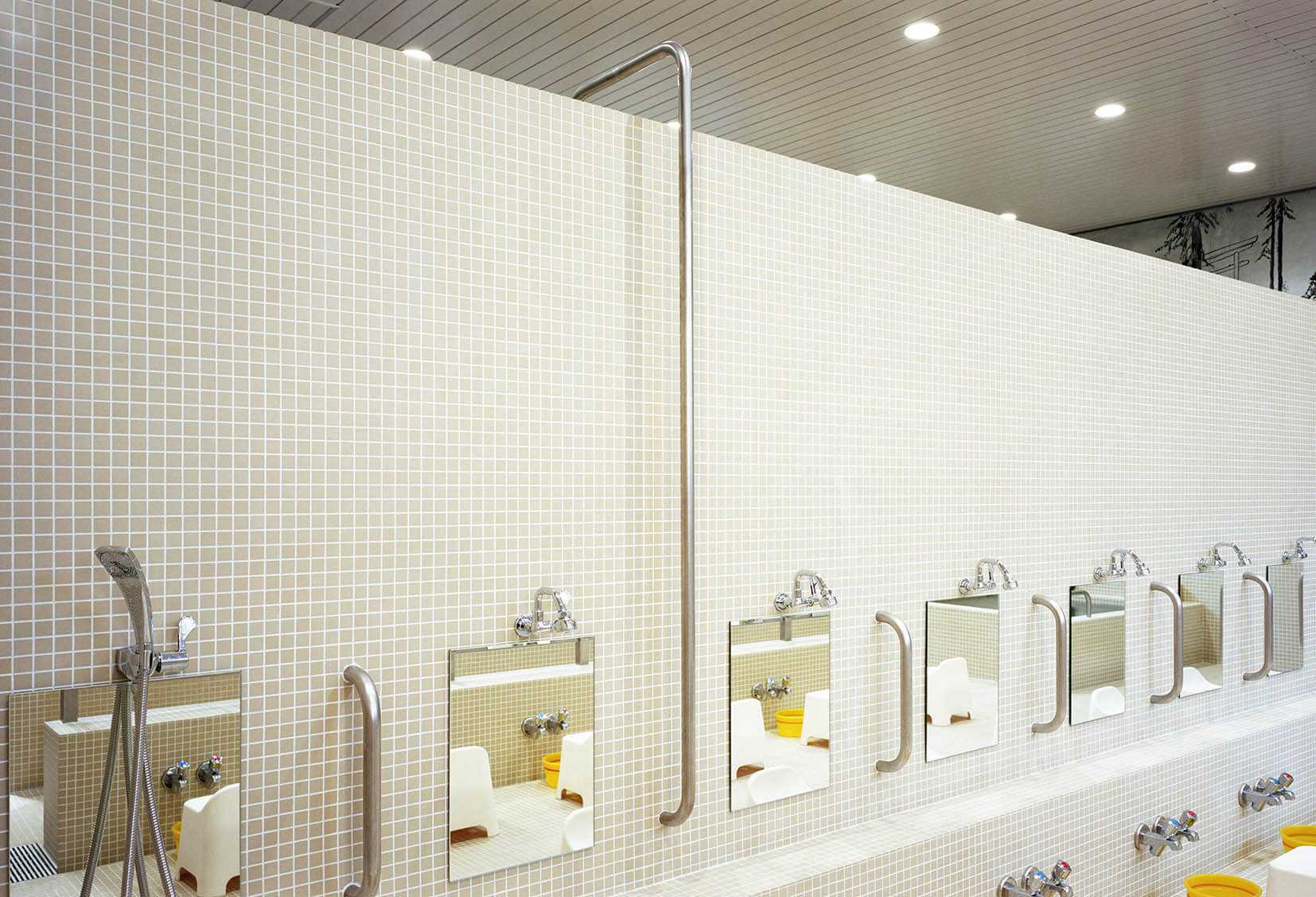
© Yurika Kono
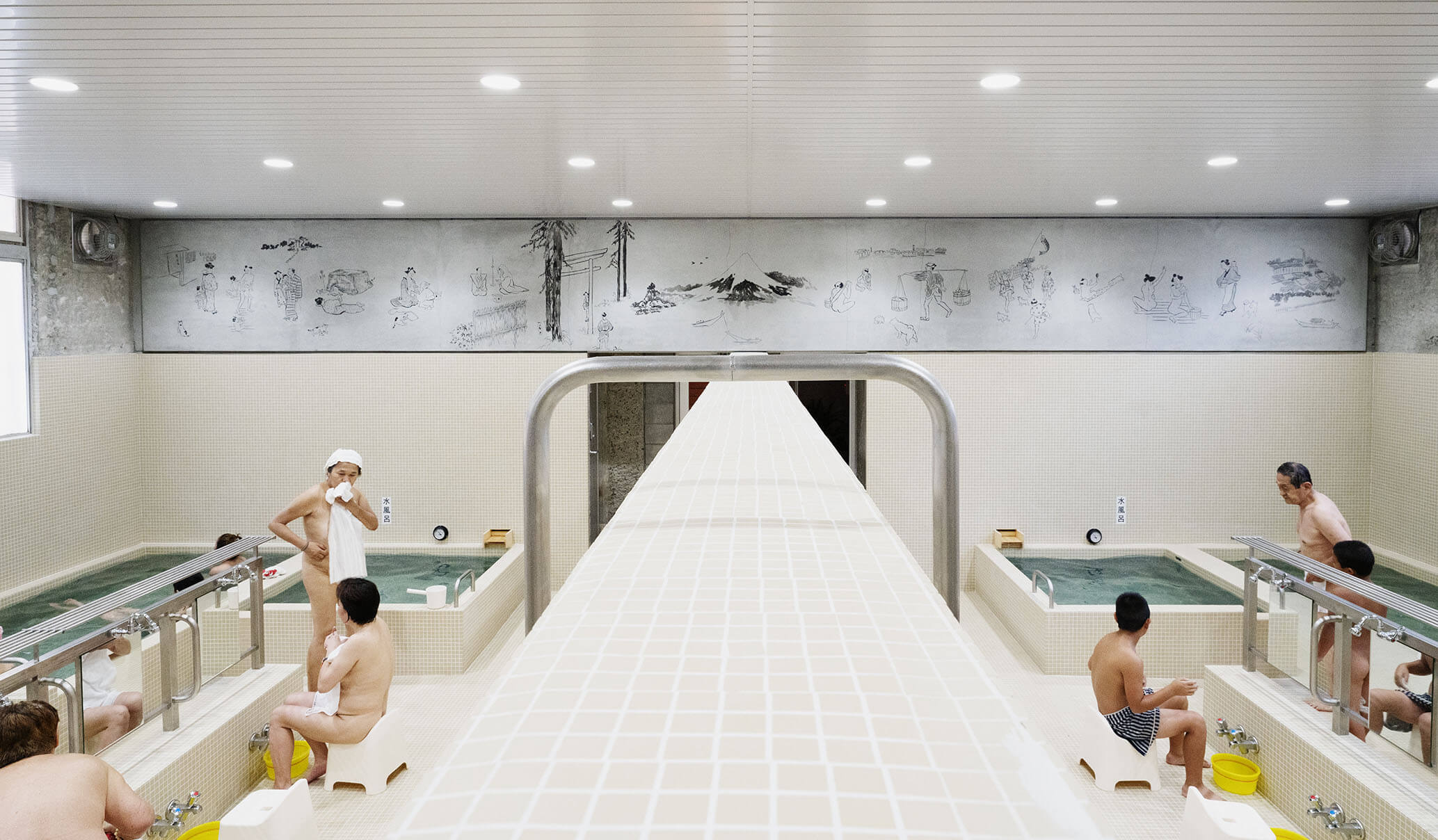
© Yurika Kono
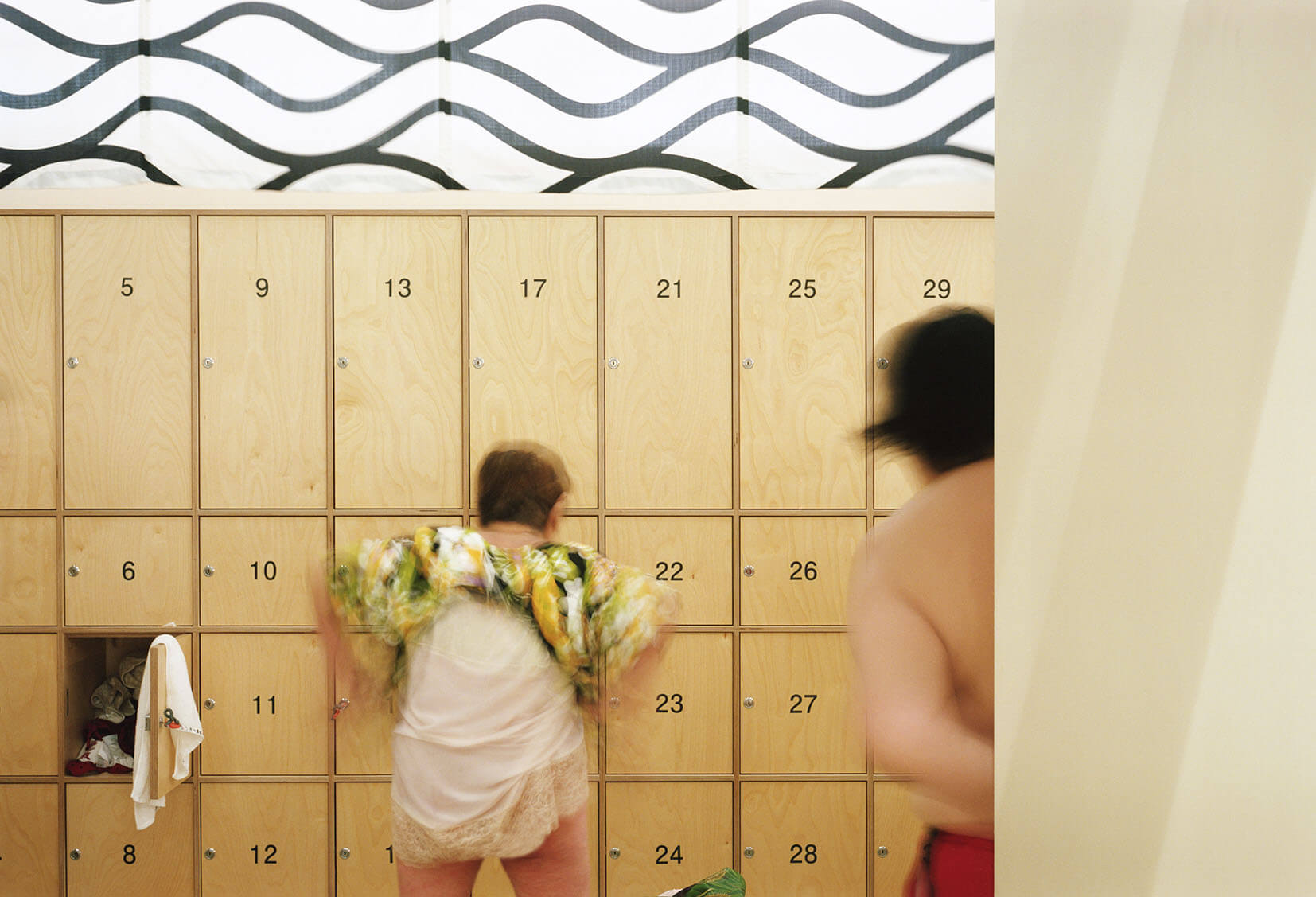
© Yurika Kono
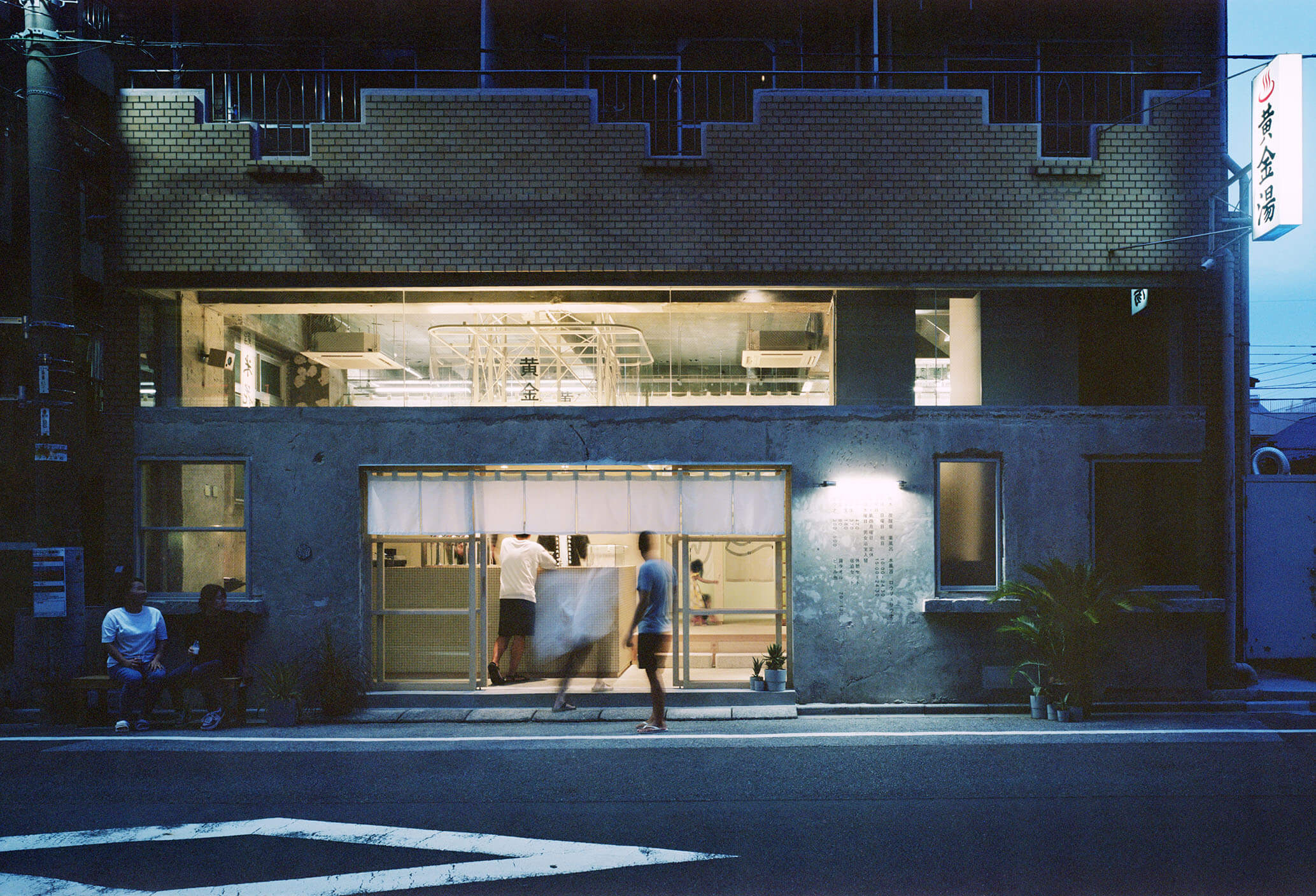
© Yurika Kono
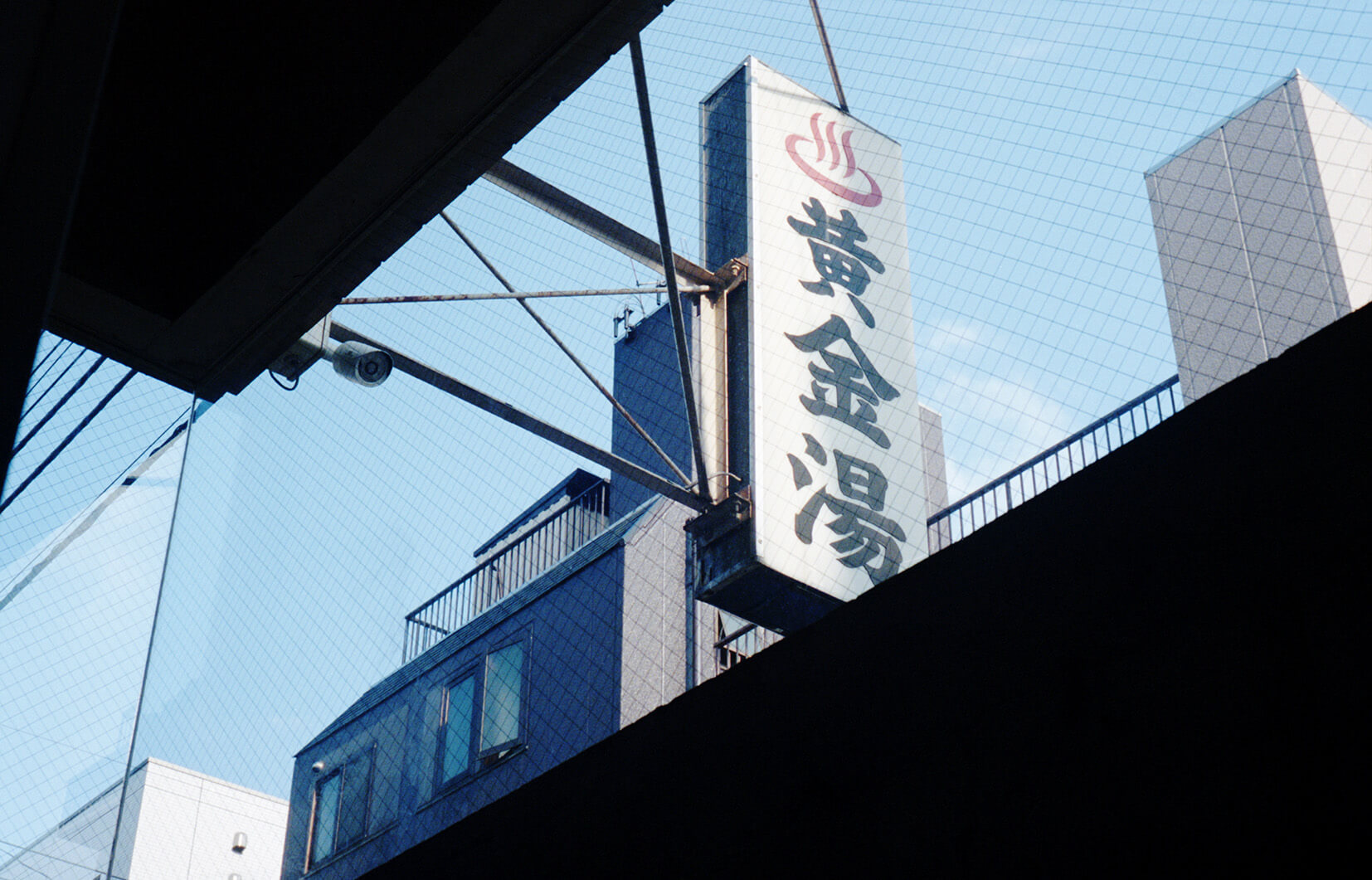
© Yurika Kono
TRENDING
-
The Tattoos that Marked the Criminals of the Edo Period
Traditional tattoos were strong signifiers; murderers had head tattoos, while theft might result in an arm tattoo.

-
The Story of Sada Yacco, the Geisha who Bewitched Europe
Described by Dazed magazine as the first beauty influencer, she has been restored to her former glory since 2019.

-
Ito Jakuchu's Naturalist Paintings
From 15 September until 14 October 2018, the Petit Palais showcased the artist's iconic ‘Images of the Colourful Realm of Living Beings’.

-
Chiharu Shiota, Red Threads of the Soul
Last year, more than 660,000 people visited the retrospective 'Chiharu Shiota: The Soul Trembles' exhibit at the Mori Art Museum.

-
Studio Ghibli's Delicious Dishes Are More Than Just Details
Food, often inspired by the directors' favourite recipes, is a crucial element in the plot of these animated films.





